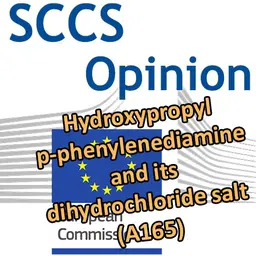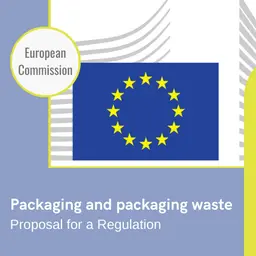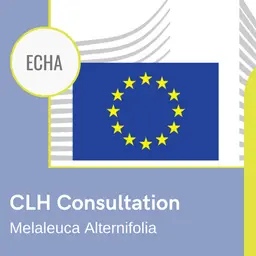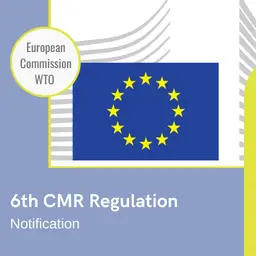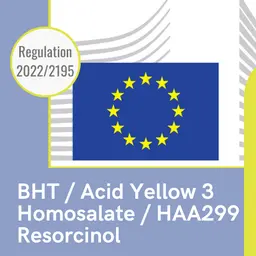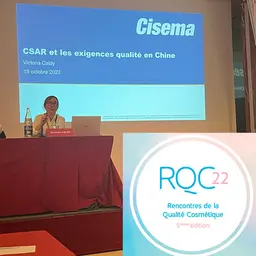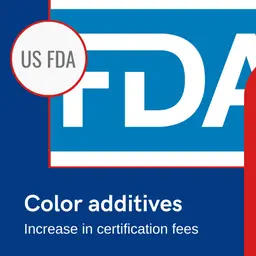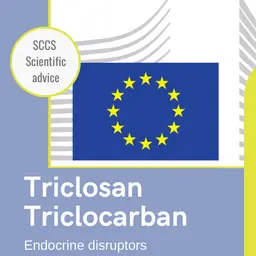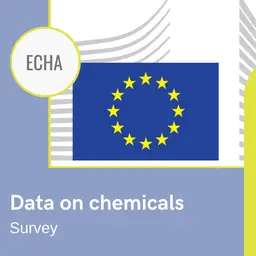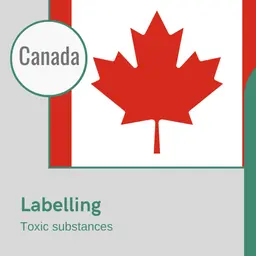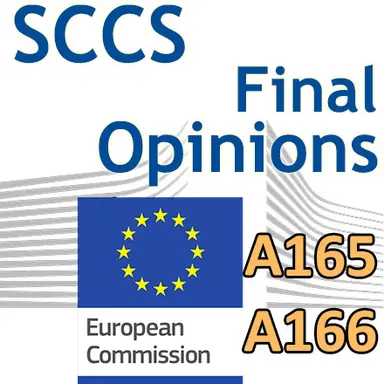
The SCCS has just published its final Opinions on the safety of hair dye ingredients, Hydroxypropyl p-phenylenediamine and its dihydrochloride salt (A165), as well of Methylimidazoliumpropyl p-phenylenediamine-HCL (A166). They have been adopted during the plenary meeting of 30-31 October 2019, after the end of the commenting period following thier initial publication, and the consideration of comments received by the Scientific Committee.
Hydroxypropyl p-Phenylenediamine (A165)
Background
The ingredients Hydroxypropyl p-Phenylenediamine and its dihydrochloride salt (A165) are intended to be used in oxidative hair colouring products up to a maximum on-head concentration of 2%.
In June 2019, the SCCS issued an Opinion concluding that “Hydroxypropyl p-Phenylenediamine and its dihydrochloride salt are not safe due to potential genotoxicity when used in oxidative hair colouring products up to a maximum on-head concentration of 2%.”
For an exhaustive background information, see the article
• Hydroxypropyl p-Phenylenediamine and its dihydrochloride salt: Request for Opinion to SCCS, CosmeticOBS, 7 November 2017
• Hydroxypropyl p-Phenylenediamine (A165): Opinion of the SCCS, CosmeticOBS, 2 July 2019
This Opinion has been subject to a commenting period of a minimum eight weeks after its initial publication (from 25 June 2019 until 09 September 2019).
Comments received during this time were considered by the SCCS.
For this Opinion, comments received resulted in the following main changes: the NOAEL for maternal and developmental toxicity of hydroxypropyl p-phenylenediamine HCl was changed and set at 30 mg/kg/day. The new information provided by the Applicant resulted in revisions in SCCS comments in sections 3.1.4, 3.1.5, 3.1.6, 3.1.9, 3.3.5 and 3.3.8. as well as in its conclusions. …

